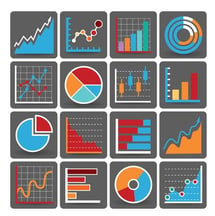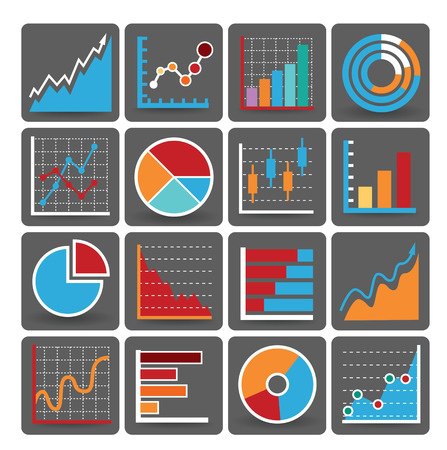Government Proposals: Why You Need Graphics in Your RFP Responses
 When it comes to writing government proposals, everyone who has responded to a government RFP (request for proposal) knows they are often limited to “page count:” the number of pages that the response is limited to. Government entities often limit the pages to the minimum number they believe a contractor needs to explain their solution.
When it comes to writing government proposals, everyone who has responded to a government RFP (request for proposal) knows they are often limited to “page count:” the number of pages that the response is limited to. Government entities often limit the pages to the minimum number they believe a contractor needs to explain their solution.
As a reader, you can't blame them; they are often reviewing many responses and don’t want to have to sit and read through hundreds of pages of text. And as writing the government RFP response, you don’t want to write hundreds of pages of text. Having read through several responses personally, and coming across pages of just text -- just looking at it is exhausting.
How many times have you tried to explain something verbally in a meeting, only to revert to drawing it on a white board to explain it to your audience? The same applies to responding to government RFPs. Sometimes, just writing an explanation is not enough to ensure your audience understands what is being said. You need to illustrate it.
The Benefits of Illustrations in Your Government RFP Response
Good graphics can make your response stand out, so consider using them when detailing a process or workflow:
- Clear flow charts effectively depict a workflow or process
- Inventive graphics can make your abstract point more concrete
- They can take up less space in your response, freeing up space and reducing your page count
By illustrating the concept you allow the reader to visualize your idea, making it easier for them to understand what you are trying to communicate. It’s important to keep in mind that your target audience may or may not have the technical knowledge to understand your response. By using graphics you can even out any reader’s understanding, helping to ensure that anyone and everyone can understand what you are trying to say. A better understanding of your solution could lead to a better evaluation score.
Use Your Response to Tell a Story
Another point to consider is that a strong response to a government proposal tells an overarching story. You want the reader to remember your story. Some say that visuals are easier to understand, and thus can be remembered better than words. Using graphics throughout your response also helps the reader see you executing the work. It will help them remember your story. So remember this - and consider using graphic illustrations the next time you respond to a Government RFP.
About Kevin Lancaster
Kevin Lancaster leads Winvale’s corporate growth strategies in both the commercial and government markets. He develops and drives solutions to meet Winvale’s business goals while enabling an operating model to help staff identify and respond to emerging trends that affect both Winvale and the clients it serves. He is integrally involved in all aspects of managing the firm’s operations and workforce, leading efforts to improve productivity, profitability, and customer satisfaction.






